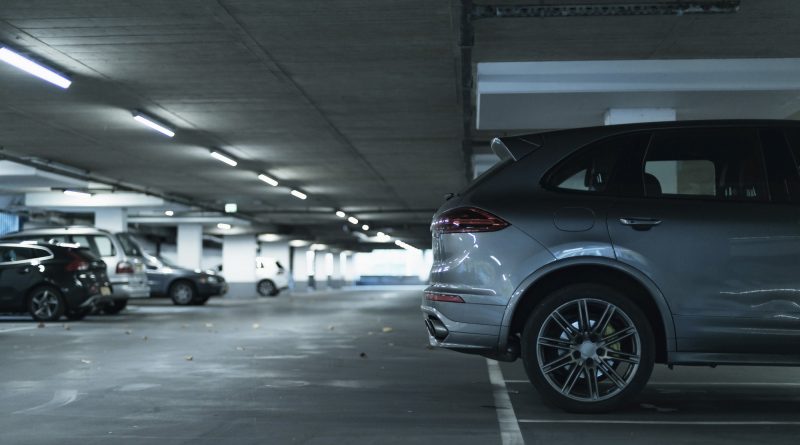Why ventilate an underground car park?
Why ventilate an underground car park?
Car parks are full of potentially-combustible fuel tanks so fire risks need to be considered (a smoke control system in an enclosed car park is needed to safely contain or extract smoke away from escape routes and allow fire fighters easier access to tackle a blaze).
But they can also be filled with something else that can be hazardous – exhaust fumes from petrol and diesel cars. To keep air fresh and safe with CO below 30 parts per million, a ventilation system is required – therefore it simply makes sense to go with a dual-purpose smoke and air-quality solution. And that means you’re going to need carefully-programmed bespoke controls, gas detectors and ventilation equipment maintained by specialists who understand the legislation and the real-world considerations.
Go jets!
Most existing enclosed car parks will already have ventilation systems installed, but older setups tend to rely on ducting linked to extract fans. While a proven solution, these systems have several serious setbacks:
• Firstly they intrude dramatically into the clear height of the car park, proving an unsightly and inconvenient obstruction that may even limit the maximum allowable vehicle height for the car park
• Secondly they represent an energy-inefficient solution that’s good for neither the building owner’s electricity bills nor the environment – ducted systems often have their fans running 24/7 with no speed control.
We’ve been involved in many car park refurbishment projects that involve replacing these clunky ducted systems with a carefully considered layout of jet fans, manufactured and tested to the standards laid out in EN 12101-3 (rated to emergency operation at 300°C for 1 hour). When properly arranged, these fans are able to direct smoke from a vehicle fire into a dedicated extract fan area, leaving the rest of the car park relatively unaffected. They can also be linked via a control system to CO or NOx detectors, and will only activate (at low speeds) when the build-up of exhaust gases gets too high.
This means that if it’s 3am and there are no cars moving around in the car park, the fans stay dormant and your electricity bill does too. But they’re always ready when needed – if a fire were to break out in the wee hours, the smoke would be safely ventilated while the emergency services were on their way.
The finer details are laid out in Approved Documents B and F, with design advice found in BS 7346-7:2006 – from our point of view we’d always recommend appointing a specialist when specifying or maintaining such valuable systems to ensure they’re always keeping your car park safe.
Bob Gate, UK Business Development and Marketing Manager at Brakel Airvent.
Published October 2017


